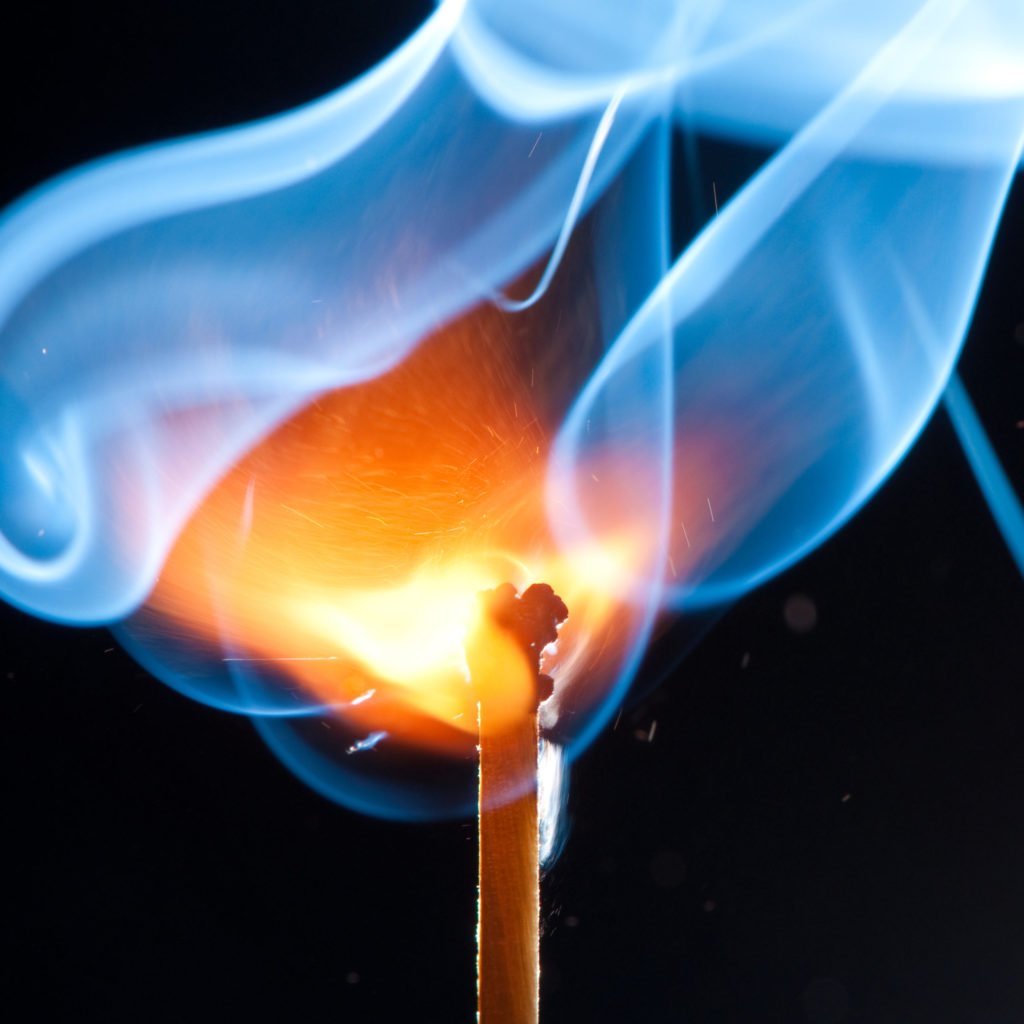A furnace pilot light is a small, lit flame used to ignite the main burner in older furnaces. The pilot light is typically lit with a match or a lighter, and it stays lit as long as the furnace is turned on. The pilot light is an important part of the furnace system, and it helps to ensure that the furnace is ready to heat your home when you need it.
Since about 2010, newer gas furnaces do not have a traditional pilot light that burns all the time. Many newer furnaces have an electronic ignition system that doesn’t require a pilot light. The electronic ignition system uses sensors to detect when the furnace is heating up and automatically ignite the burner. This can save you money on your energy bills since you won’t have to waste energy keeping the pilot light lit.
If you have an older furnace and the pilot light has gone out, you may be wondering how to get it lit again. Today, we’ll cover the basics of how to light a pilot light.
Turn your thermostat to heat mode and find the pilot valve.

The first step in lighting your furnace’s pilot light is to ensure the thermostat is in heat mode because the furnace won’t turn on if it’s in cool mode. The next step is to locate the pilot valve. When looking for the pilot valve on a gas furnace, it is important to know where to start. The valve is typically located near the burner assembly.
The first step is to remove the furnace door. Once the door is removed, it is possible to see the pilot burner. The valve is located just above the pilot burner, and it is typically a small, round valve. If the valve is not visible, it may be hidden behind a panel.
Once the valve is located, turn off the gas and wait at least several minutes for any residual gas to clear away. The gas can be turned off by locating the gas valve on the furnace. It can be turned off by rotating it to the “off” position.
Light the pilot and turn the gas back on.

Now that you have let any residual gas clear from the furnace, you need to set the gas valve to the “pilot” position to light the pilot.
To light the pilot, use a match and hold it to the pilot burner. If the pilot light is hard to reach, you may need to use a long fireplace match or a long butane grill lighter. The pilot will light, and the flame will be about a half-inch high. Once the pilot is lit, turn the gas valve back to the “on” position. This will continue the flow of gas and ignite the burners.
Consider upgrading your furnace to avoid this issue in the future.
If you’re like most homeowners, you probably have a furnace that still uses a standing pilot light. While this type of furnace is becoming increasingly rare, it’s still used in many homes. If you’re looking to upgrade to a newer, more energy-efficient model, it’s possible to do so without replacing your entire furnace. Instead, you can simply upgrade to an intermittent ignition device.
An intermittent ignition device (IID) is a newer technology that has largely replaced the standing pilot light. It works by igniting the fuel as it passes through the burner, so there’s no need for a pilot light. This can save you a significant amount of money on your energy bill, as a standing pilot light can account for up to 10 percent of your furnace’s energy use.
If you’re interested in upgrading to an intermittent ignition device, your best bet is to contact a qualified HVAC technician. They’ll be able to help you determine if your furnace is compatible with an IID and will install it for you.





